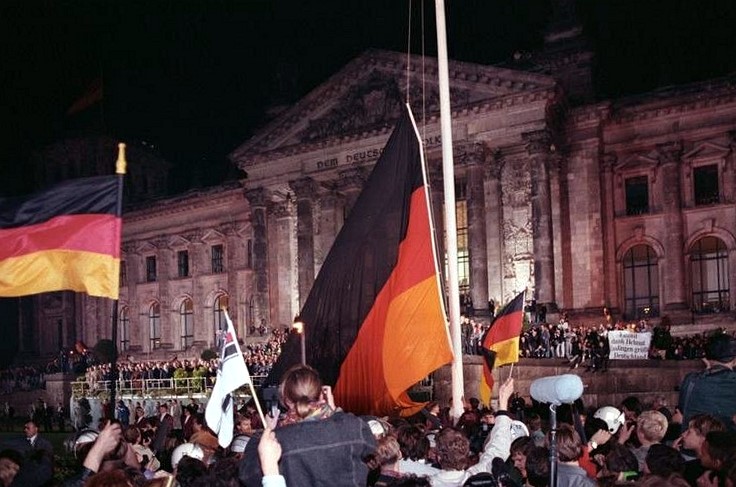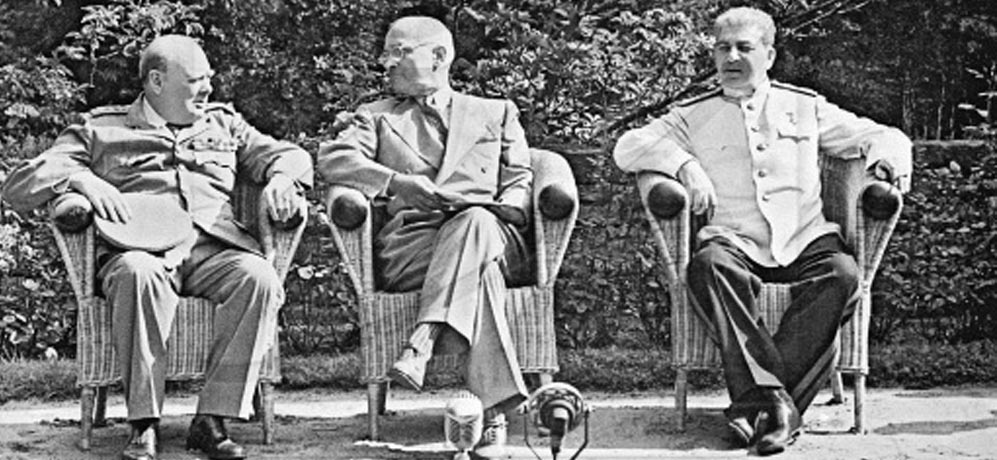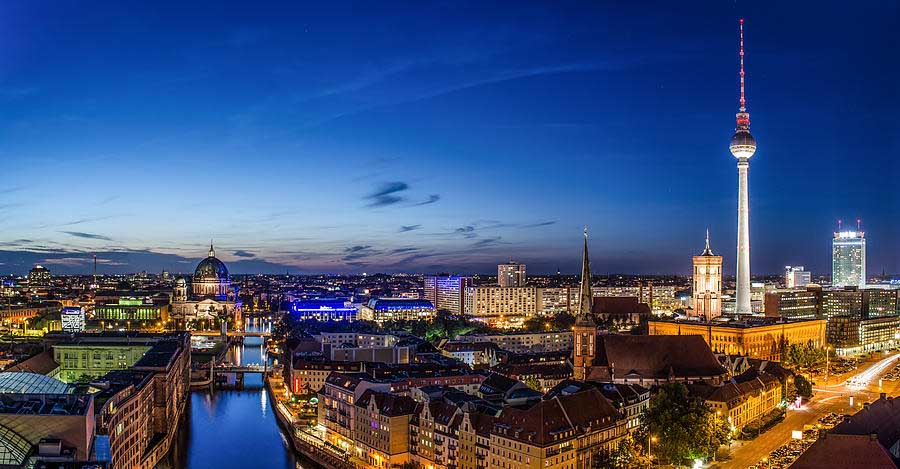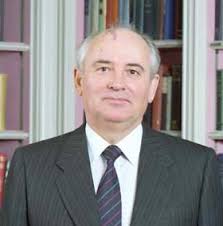
Mikhail Gorbachev was instrumental in the fall of the Berlin wall and the end of the cold war.
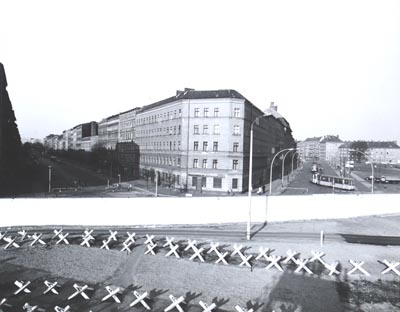
"The Anti Fascist Protection Barrier".
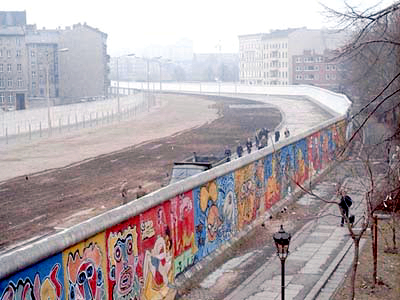
The Berlin wall was used as a canvas for many artists.
Unification of Germany
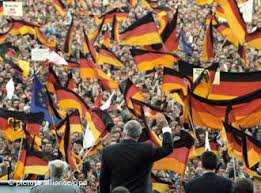 After the opening of the Berlin Wall in 1989, eleven months passed until the re-unification of Germany. Before the joining of East and West Germany both German states had to agree. In the first (and last) free parliamentary elections on 18 March 1990 the East Germans voted overwhelmingly in favor of the parties, the rapid accession of East Germany called for the Federal Republic. This was in the summer of 1990, as previously, the German monetary union, negotiated contractually between the two German states. In parallel, the Federal Republic and the agreed DDR with the four powers responsible for Berlin and Germany contributed as a whole, ie the United States, the Soviet Union, Great Britain and France, in the Two Plus Four Treaty on foreign and security policy terms of German unity.
After the opening of the Berlin Wall in 1989, eleven months passed until the re-unification of Germany. Before the joining of East and West Germany both German states had to agree. In the first (and last) free parliamentary elections on 18 March 1990 the East Germans voted overwhelmingly in favor of the parties, the rapid accession of East Germany called for the Federal Republic. This was in the summer of 1990, as previously, the German monetary union, negotiated contractually between the two German states. In parallel, the Federal Republic and the agreed DDR with the four powers responsible for Berlin and Germany contributed as a whole, ie the United States, the Soviet Union, Great Britain and France, in the Two Plus Four Treaty on foreign and security policy terms of German unity.The German question in 1990 resolved in favor of the old demand for "unity in freedom". Germany could only be solved in agreement with all the neighbors, and that is also: only simultaneously with the solution of another problem of the century, the Polish question. The final, binding under international law recognition of Poland's western border on the Oder and Neisse was a prerequisite of unification of Germany with the borders in 1945.
The German Question has been resolved since 1990, but the European Question remains open. Since the 2004 and 2007, the EU consists of twelve other states, of which ten were under Communist rule from 1989-91 to the new epoch. They are all states that belong to the former Occident - defined by a largely shared legal tradition, the early separation of religious and secular as of princely and corporative power, but also by the experience of the murderous consequences of religious and national enmity and racial hatred. The merging of the separate parts of Europe requires time. It will only succeed if the deepening of European integration with the enlargement of the Union keeps pace. This development requires more than institutional reforms. Makes you think about the common history of Europe and the inferences necessary arising from her. The implication that towers above all others, is the appreciation of the overall binding nature of Western values, at their head the inalienable rights of man. These are the values that Europe and America have brought together, which they uphold and by which they must be measured at any time.

